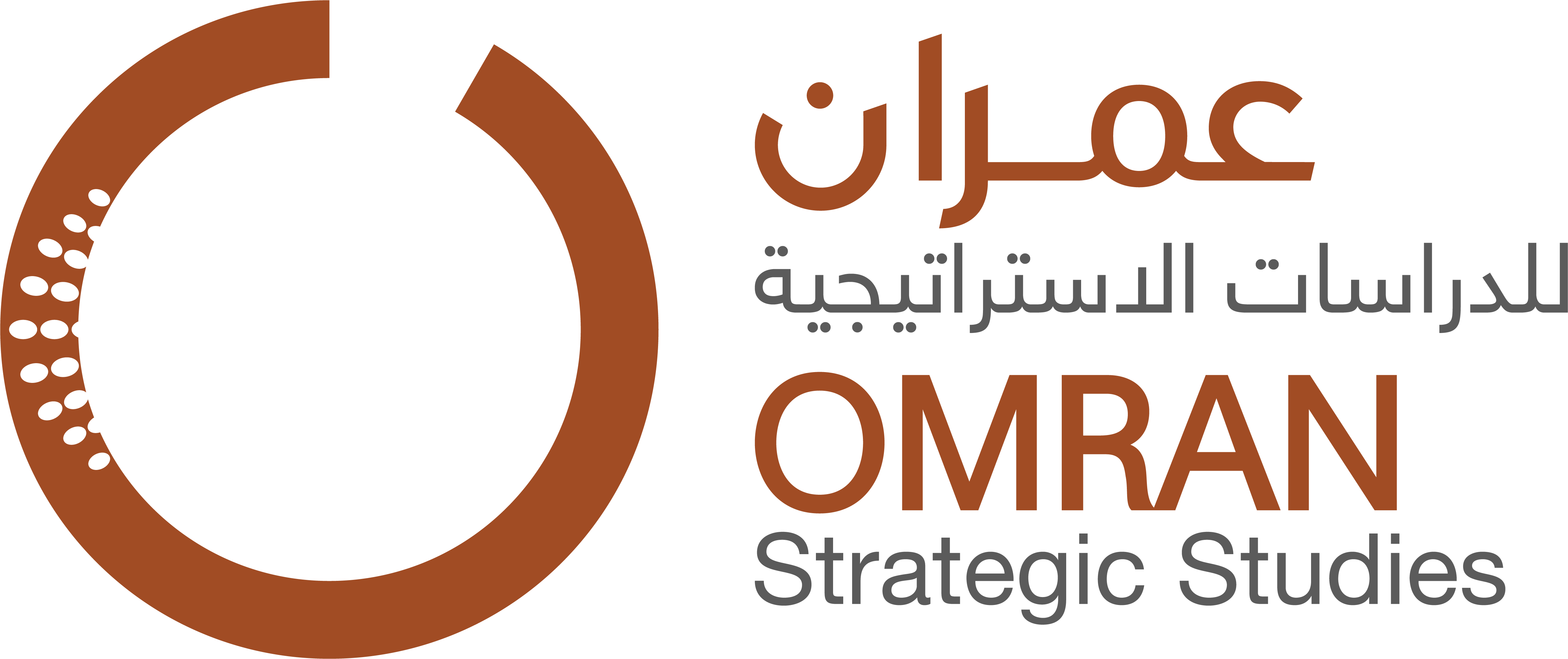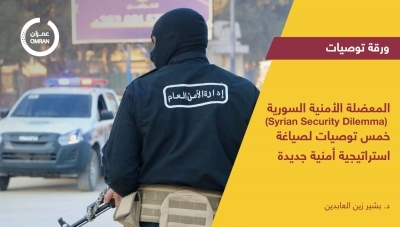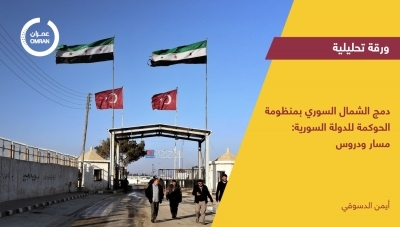التقارير
Systematic Assad Regime Cessation of Hostilities Violations
Russia and the United States announced the Syrian Cessation of Hostilities (CoH) agreement in a joint statement on February 27, 2016 which excluded, of course, the Islamic State and Jabhat Al Nusra. However, Assasd regime forces and militias loyal to the regime failed to abide by the terms of the ceasefire agreement. Assad regime forces violated the agreement many times, and quite often with Russian air support, striking Syrian revolutionary forces in a majority of the provinces. As of April 19, 2016 there 1180 confirmed Assad regime violations. (See figure 1).

Figure (1)
There were also 388 arrests and 10 humanitarian convoys were prevented from reaching their destinations in the same time period.
Regime violations are classified as follows:
1. Violations of Attrition: Such violations occurred as a preparation for future regime offensive operations where the immediate objective was to deal significant blows to revolutionary forces or to simply make Assad forces’ presence known and especially not forgotten. These violations occurred in Alppo, Idleb, Hama, Northern Rural Homs, parts of Western Ghouta, and Dara’a. The violations included air strikes, explosive barrels, missile strikes, mortar strikes, artillery fire, and in some places instances of sniping. The violations were random and there is no clear objective that explains them other than random acts of violence.
2. Strategic Violations: The Assad regime used these violations in a strategic manner attacking specific targets to either besiege a location, or as a continuation of the Russian military strategy – preventing Syrian revolutionary forces from maintaining control of any front line operations against the Islamic State; or they used the battlefield for political reasons, just as we saw with the massacres in Kafr Nubul and Muarat Al Numaan in Idleb on April 19, 2016. These massacres occurred as a type of message from the Assad regime in response to the Higher Negotiation Committee’s position on pulling out of the Geneva talks. The Assad regime committed similar violations in southern rural Aleppo, Rural Lattakia, and Eastern Ghouta (Al Marj District) as is explained below:
Southern Rural Aleppo:
Syrian revolutionary forces and other Islamist forces responded to Assad regime mortar and artillery fire at Al Eis Hill, as well as the towns of Bans and Hadiya in southern rural Aleppo at the start of April, with a counter offensive that succeeded at retaking several locations including Al Eis Hill, Abu Ruwayl, Marqas.
In response, the Iranian Revolutionary Guard sent its 65th Airborne Brigade of the Special Forces to Syria to participate in these particular battles in southern Aleppo. Those forces failed to retake the positions that the Syrian revolutionary forces and other Islamist forces took as of the date of publication of this report.
After the fact, Syrian and Russian officials blamed Syrian revolutionary forces for committing CoH violations in southern Aleppo. However, there were reports that put the blame on the Assad regime and Russia. Syrian revolutionary forces maintain that their operations in the area were not CoH violations but a legitimate response to Assad regime artillery and mortar fire, as was mentioned before.
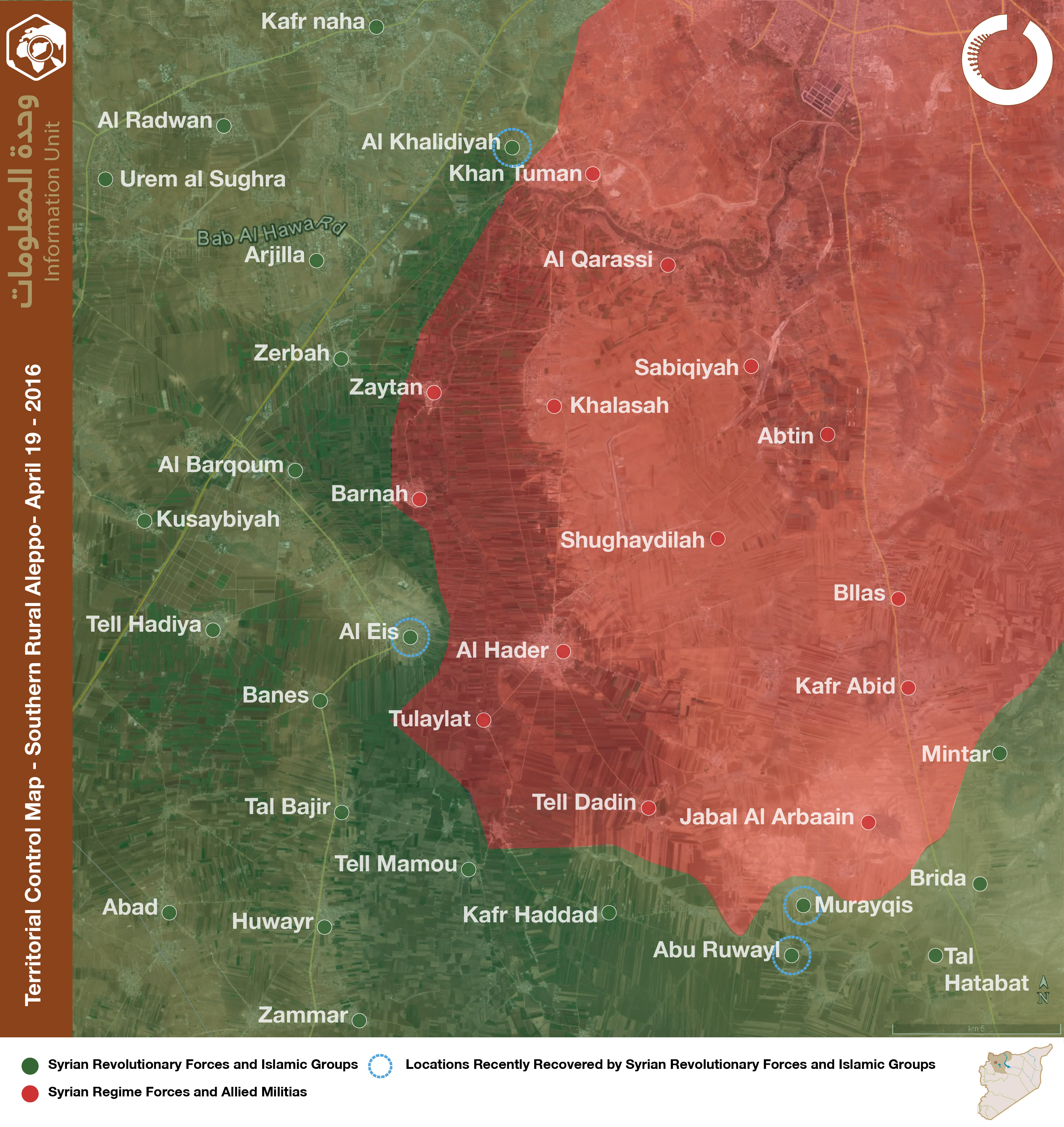
Territorial Control Map - Southern Rural Aleppo- April 19 - 2016- Map No. (1)
Rural Lattakia:
In February 2016, Assad regime forces, with Russian ground and air support, took control of Kan Saba, the last place the Assad regime advanced too in Rural Lattakia. However, following both the regime’s advance and the announcement of the CoH, regime forces and Russian fighter jets continued attacking positions close to Kan Saba with mortar fire on Al Sirmania and Al Kabani. Air strikes also targetted the main road that connects rural Lattakia with Jisr Al Sughoor in Idleb. The Assad regime’s strategy behind such violations is to take advantage of the CoH and complete two key objectives: securing a route to Jisr Al Shughoor and securing strategic military positions in the Al Ghab Plains. As Assad regime CoH violations increased the Syrian revolutionary forces formed a joint operation room to respond to the violations with a multi front attack in regime positions: Khirbet Al Naqoos, Khashba, Al Bayda.
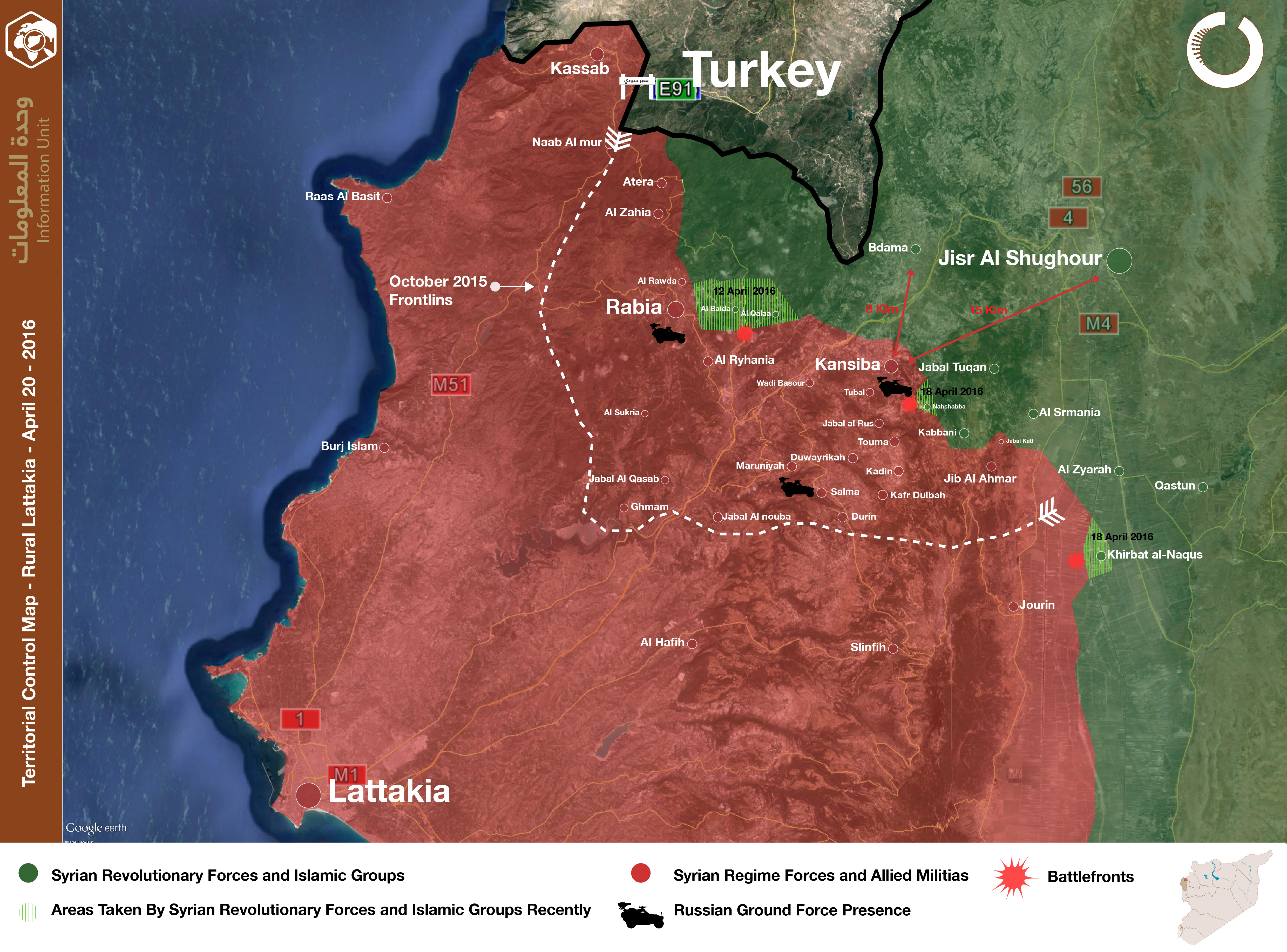 Territorial Control Map - Rural Lattakia - April 20 – 2016 - Map No. (2)
Territorial Control Map - Rural Lattakia - April 20 – 2016 - Map No. (2)
Eastern Rural Ghouta (Al Marj Distritct):
Eastern rural Ghouta’s Al Marj District experienced extremely violent air and ground attacks during the CoH. Assad regime forces committed several violations there; the most violent of which was an attack on a school in Tal Al Asafir on March 31, 2016 where 37 were killed and more than 40 injured.
Al Marj District is comprised of many positions controlled by Syrian revolutionary forces blocking the Assad regime’s ability to advance into the strategic Eastern Ghouta. Al Nashibiya is 25 KM from Damascus and forms the western portion of Eastern Ghouta and meets the southern boundary of Douma and its surroundings at Shayfouniya and Hywash or “Hosh Nasri Al Dhawahira”; and finally from the east near the syrian desert Eastern Ghouta meets Utayba, Dmair, and Widyan Al Rabi’. The Assad regime aims to accomplish the following objectives through its operations in Marj District:
1. Take control of the largest amount of territory in Marj District especially in the open farming land and the regime pefers fighting in such areas since they are more effective in these locations while Syrian revolutionary forces are more effecting in urban environments.
2. As a result of possible regime advances in the mentioned areas Eastern Ghouta will potentially lose its main source of food and the main reason for their ability to wait out the ongoing siege.
3. Completely securing Damascus International Airport Highway and preventing even Katyusha Rockets from reaching the airport.
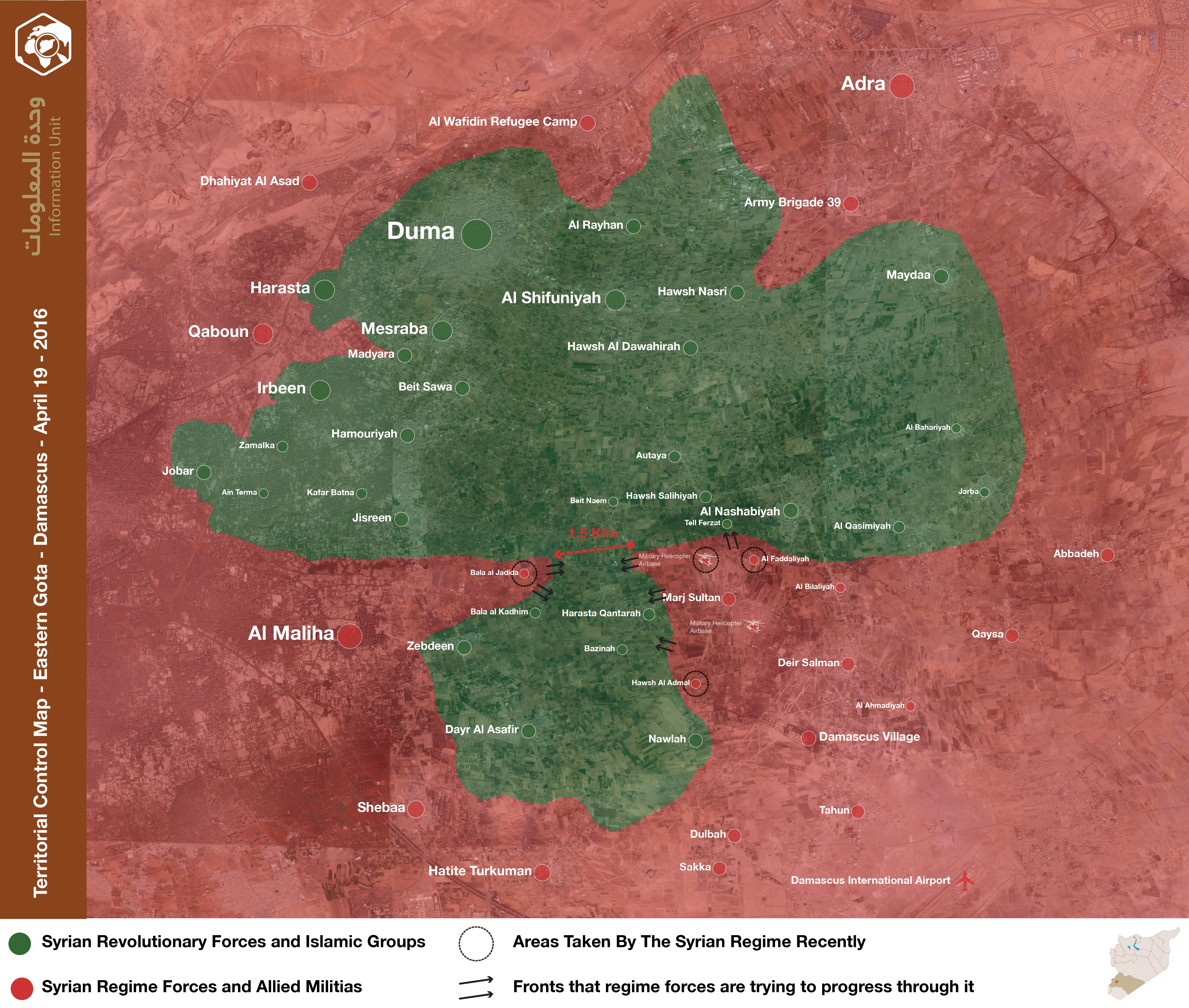
Territorial Control Map - Eastern Gota - Damascus - April 19 - 2016- Map No. (3)
